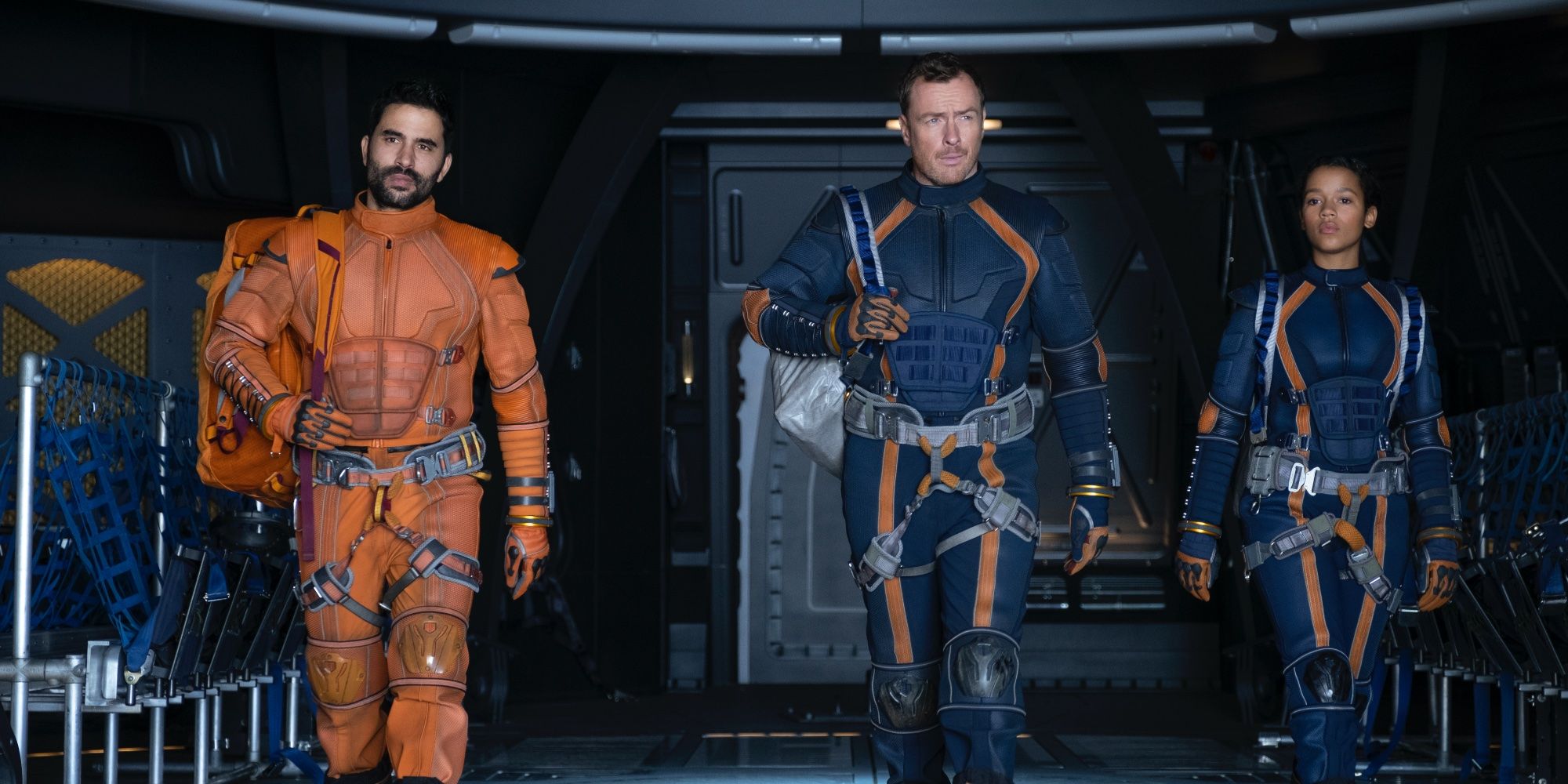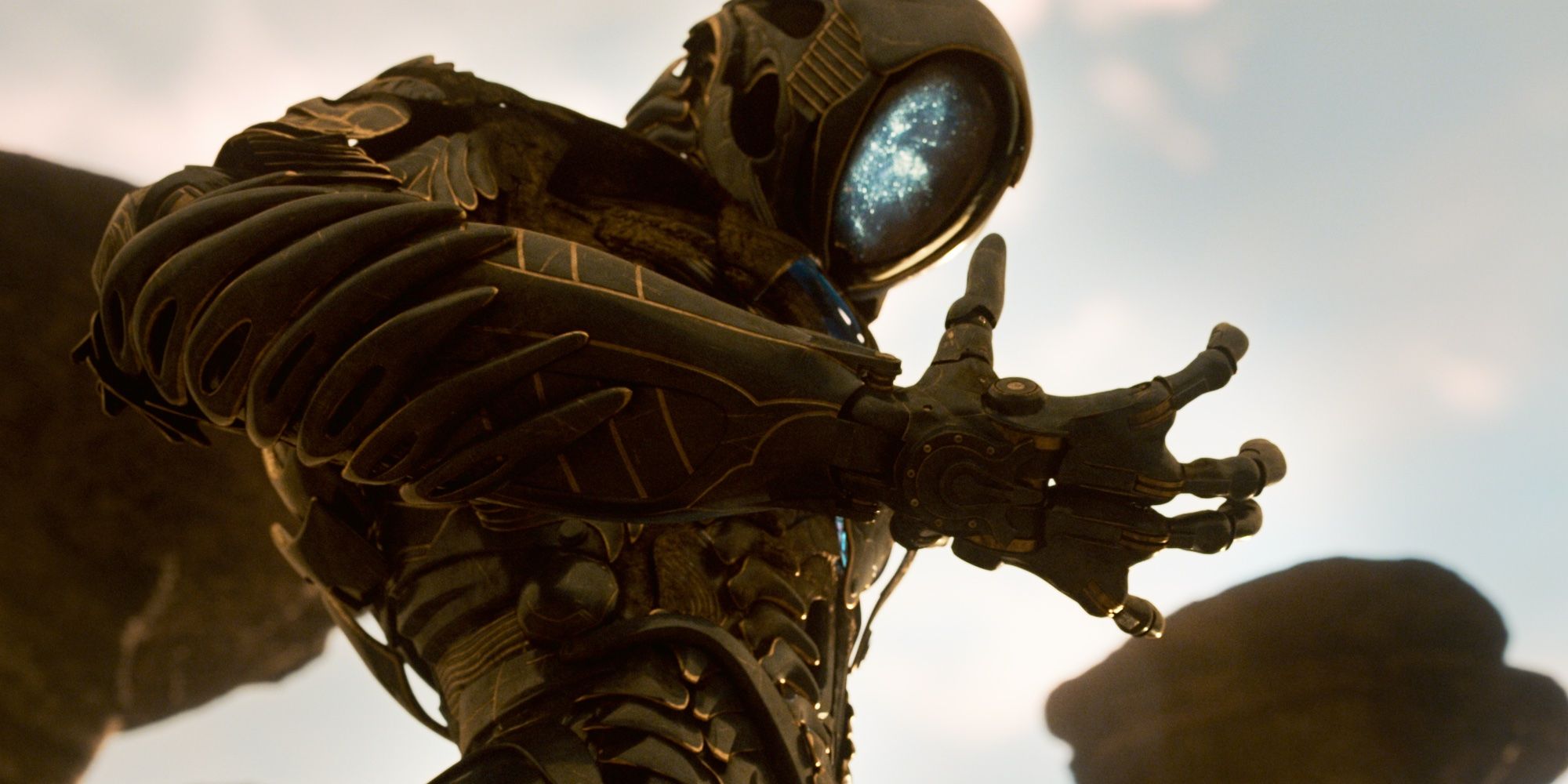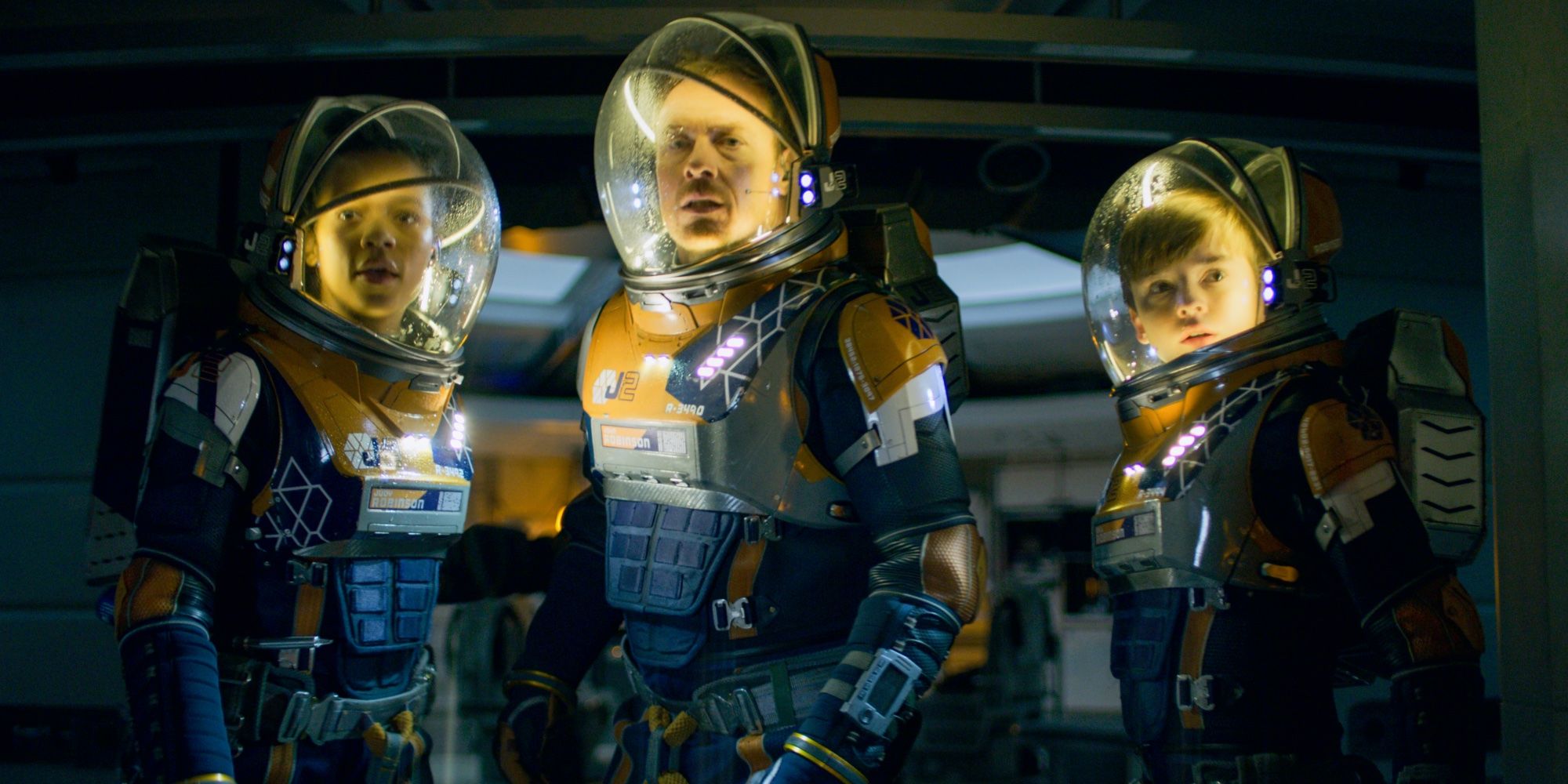When it premiered, Lost in Space justified its existence with top-notch special effects that rivaled anything seen in massive movie franchises, and, more importantly, a solid grasp on the core concept that made this third iteration possibly the best version of the story yet. The family-friendly tone, mixed with a, if not relentless, then restless, pace resulted in a welcome addition to Netflix’s original content catalog, one that generated the kind of viewer interest that could make the series’ second season the ideal fodder for binge-watchers this holiday season.
Netflix is running the gamut with its original content ahead of the holidays, with Lost in Space joining The Witcher as a pair of expensive-looking series with considerable genre cred that will either be a double binge for most subscribers or a welcome bit of counter programming, depending on the kind of content said viewer is looking to consume. While the Henry Cavill-led, violence and nudity-filled sword-and-sorcery series has yet to be tested, its more TV-PG counterpart already has one successful season under its belt. That presents its own challenges, though, as Lost in Space now must overcome the dreaded sophomore slump, while proving it can deliver spectacle without getting, well, lost in its own computer-generated landscapes.
Much of what drove season 1 was the way the broken Robinson family learned to work together as a group, while still recognizing each member’s unique strengths and catering to their individual weaknesses. The clan was also joined by the fantastic Parker Posey as Dr. Smith (but not really) and Ignacio Serricchio as the charming Don West. Though much of season 1 was about the interaction and budding friendship between Will Robinson (Maxwell Jenkins) and the redesigned (and now alien) robot, the series took a stab at making Maureen (Molly Parker) and her husband John (Toby Stephens) more than bland avatars for authority. Instead, series creators Matt Sazama and Burk Sharpless imbued the Robinson parents with more grounded and relatable identities that played well into the show’s exploration of a fractured family finding itself while literally lost in the depths of space. Add to that a pair of charming young actors in Taylor Russell (Escape Room) as Judy Robinson and Mina Sundwall as Penny, along with a format that ostensibly sees each episode as a problem to be solved, and Netflix has a pretty solid (and simple) recipe for success.
Season 2 takes immediate advantage of the season 1 finale cliffhanger, which propelled the Robinsons into the great unknown, while also finding them at their strongest. The result is a season premiere that, yes, involves a small time jump, but one that doesn’t require a massive info dump to get the audience up to speed. Instead, Lost in Space is content to show how the family has been getting by, using their combined smarts and skills to survive on a hostile planet with hardly any resources at all.
That the Robinsons are basically a collective of MacGyvers is a plus, considering the show’s love of introducing new obstacles and then exploring the creative ways the characters go about solving one particular problem at a time. But season 2 introduces a fascinating new wrinkle in that Maureen has become the restless parent, eager to get the Jupiter back up into space and in search of the colony they left behind. Meanwhile, John is content to simply survive and be a family again. That friction becomes one of the primary sources of conflict for the season, along with the smaller, episodic conflicts, like deadly weather phenomenons, a lack of oxygen, and, of course, the mystery of what happened to the robot at the end of season 1.
Along the way, Lost in Space manages to introduce some interesting new elements to its mythology — or the mythology of the robot and the alien civilization that made him. Those elements help to keep the series moving along at a nice clip, all while balancing smaller character arcs, like Penny’s growing sense of isolation from her genius-level family and subsequent relationship with the untrustworthy Dr. Smith. In some sense, it’s a rehash of several season 1 storylines, but Lost in Space makes good on its revisitation of those threads by virtue of how much the characters have grown and changed since they were first introduced back in 2018.
Mostly, though, the series continues to impress with its staggering special effects, which create an immersive world — or worlds — for the heroes to play around in. That goes a long way in making Lost in Space the sort of binge-worthy treat it’s clearly intended to be. And given its positioning as a family-friendly holiday event, Netflix will likely be keeping plenty of viewers glued to their televisions come Christmas.
Lost in Space season 2 premieres Tuesday, December 24 on Netflix.



